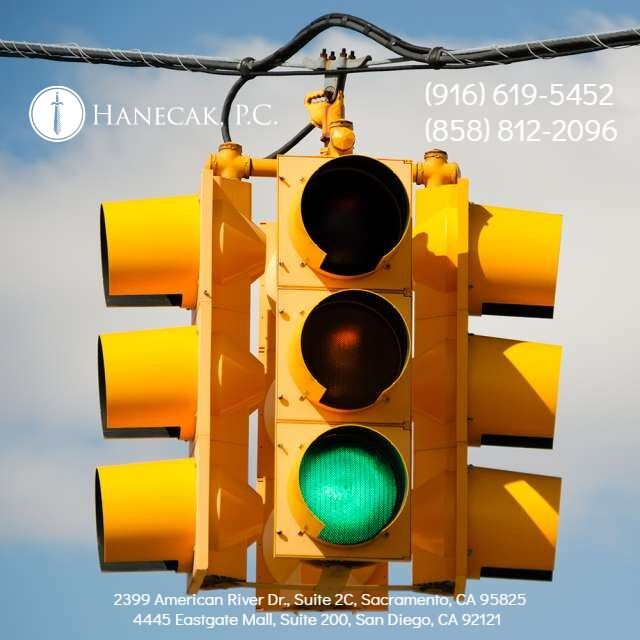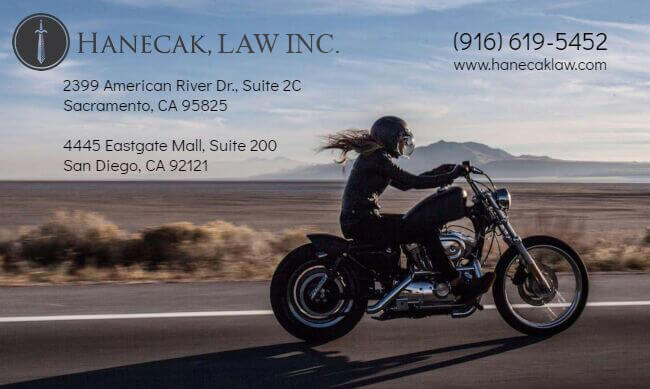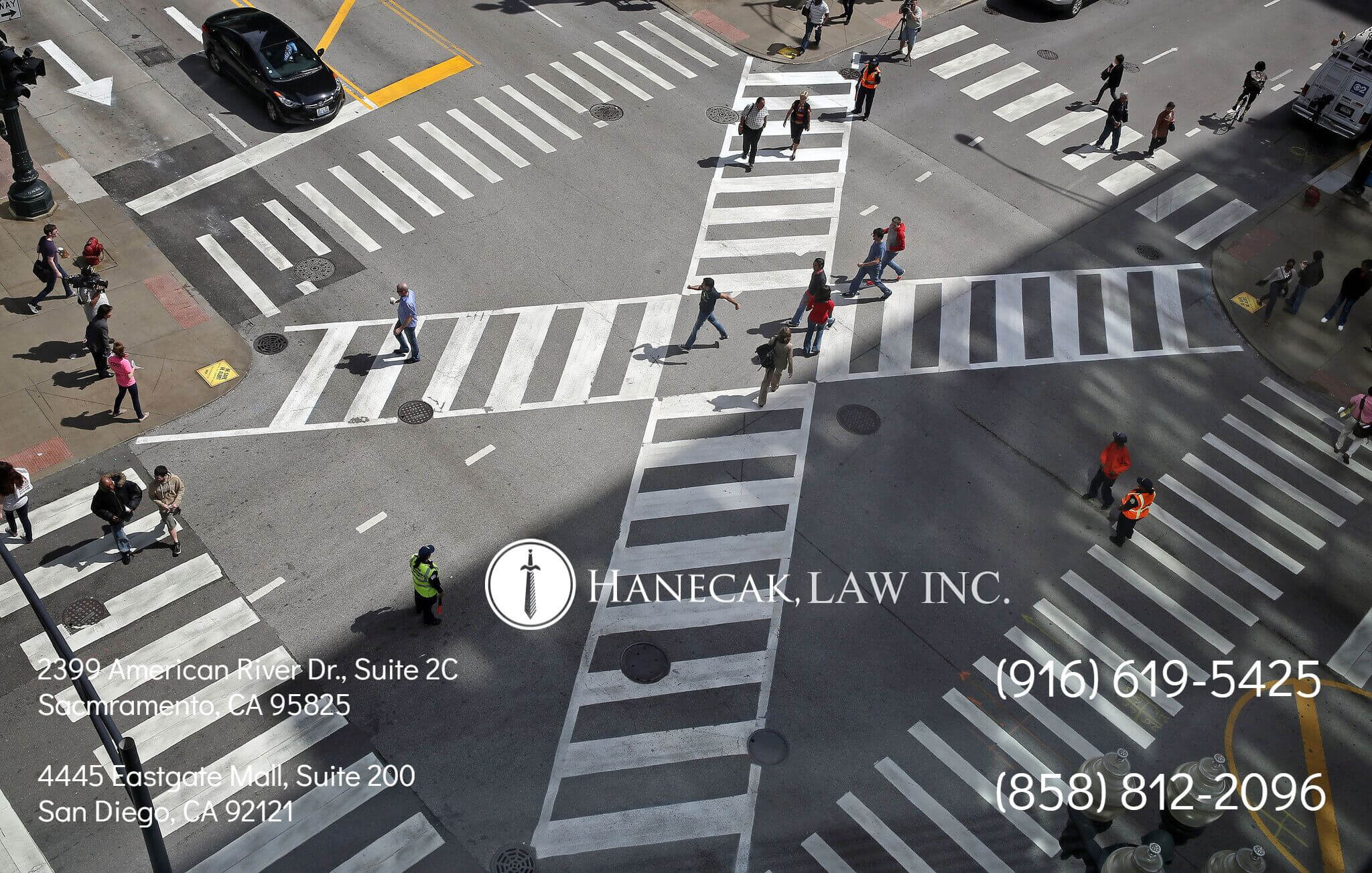Whether you’ve been in a car, motorcycle, or truck accident, you must prove that another party was negligent and caused your injuries for them to pay. “Negligence” is called a cause of action. This is (the main) legal theory that you’ll sue under to try to get compensated for your accident injuries and property damage.
Each cause of action has what are called “elements.” Each element must be fulfilled for you to win at trial (settlement without trial is a different story).
Under a negligence theory, there are four elements to fulfill to prove liability: duty, breach, causation, damages.
Duty: There must be some sort of rule or a regular way of doing things that isn’t followed. The legal term for this is that someone had a “duty” to you. Before getting a driver’s license, we all must learn the rules of the road for the test. Once we pass, it is assumed that we know them and this is the accepted way of doing things. This is a driver’s duty while on the road: to obey and follow traffic laws. Drivers have a duty to other drivers and pedestrians alike that they will use reasonable care while operating their vehicle. For example, you have a duty not to speed, a duty not to operate a car while intoxicated, a duty not to text while driving, etc.
Breach: The at-fault, or negligent party, made some sort of mistake while they were driving. They acted in some way outside of the accepted form of doing things. The court refers to this as a “breach” of the duty. Even in times where no rules of the road were broken, when an accident occurs, this typically means that one driver didn’t follow the accepted way of doing things. An accident attorney will be able to evaluate your story and determine who failed to follow the rules of the road. In some cases, both drivers will be found at fault and the law applies what is called “comparative fault” or “comparative negligence”. This means that if the driver is any percent at-fault, that percent will be reduced from the recovery. For example, if plaintiff has $100,000 in damages, but is 25% at-fault, they will be able to collect 75%. Even if a plaintiff is 99% at fault, they can still collect 1% of the damages.
Causation: You must be able to prove that the accident was the cause of your injury. While this concept sounds simple, this is actually a step where many people end up losing their claims. First, if you don’t see a doctor at all you will not get money for medical treatment (because you didn’t have any) or you won’t get any for pain and suffering. This is because you haven’t proven that the accident was the cause of the injury. Second, if you see a doctor, but then don’t follow their orders (like miss appointments) or wait to see a doctor months after your injury, this again will cause problems for your claim. Insurance companies will argue that there are too many different things that could have caused your injury instead of the accident. They don’t have to prove which of those things it was—just put enough doubt in the juror’s minds that it wasn’t the accident. This is why medical care is so important after an accident.
Damages: Along the same lines, simply being in an accident doesn’t qualify you to be paid. Many people wrongly believe that as soon as they’re hit, it’s a payout. This is incorrect. Not only must you show the accident was the cause of your injury or damage, you must show that an injury and/or property damage occurred. This is done through medical records, medical bills, notes from your doctor/employer, and bills, invoices, or estimates from an auto mechanic. You must be able to show that you have some out of pocket expenses and an actual injury. Once you prove that you have an actual injury, then you will also be able to collect pain and suffering damages.
Each one of the above must be proven at trial for a plaintiff to be paid. However, the insurance company only has to poke a hole in one of them to win. This can be any one of the above. Whether it be the duty (can argue they didn’t violate the law); breach (can argue red vs. green light); causation (can say plaintiff or someone else caused the accident); or damages (can argue that the damage amount is way too high for the injury) each of these has to be contended with by an attorney. The burden of proof is on the plaintiff. This means the plaintiff must prove every element to succeed.
The negligence cause of action is the main theory for any car, motorcycle, or trucking accident. The above is a brief outline of what auto accident attorneys and the courts look at in these types of cases. Please feel free to browse our website or contact us if you have other questions.
We offer FREE case evaluations and can be reached at (916) 619-5452.






